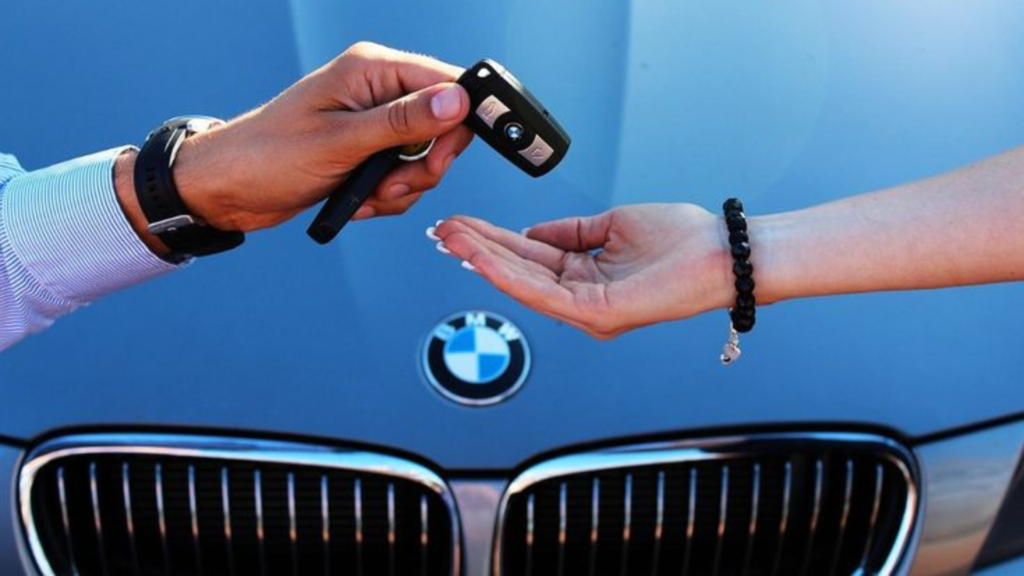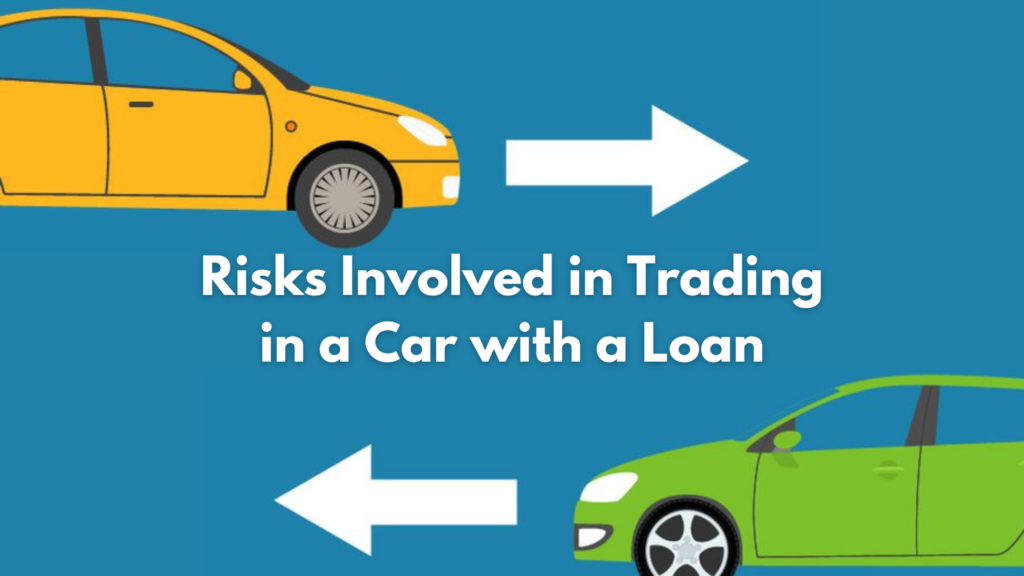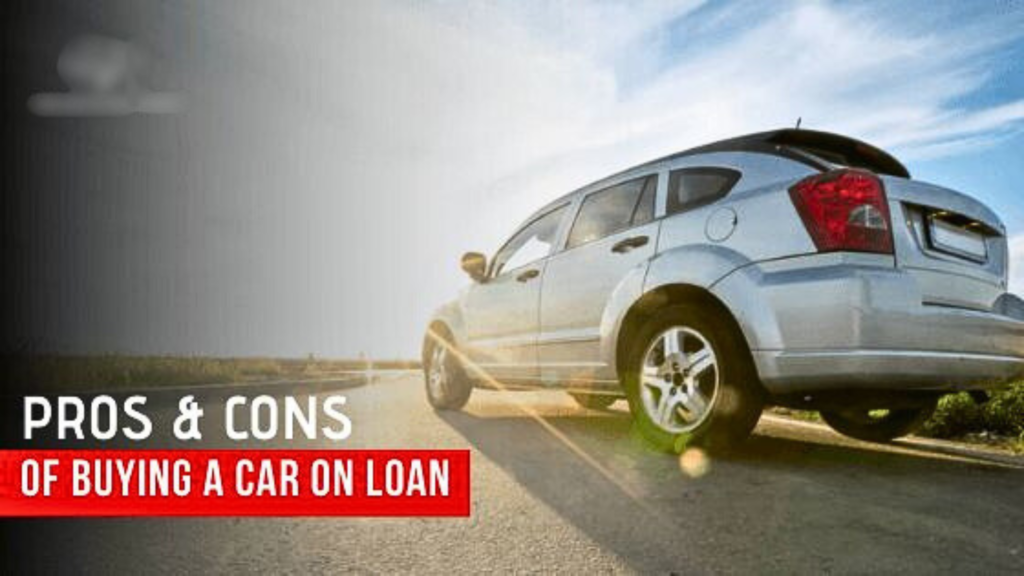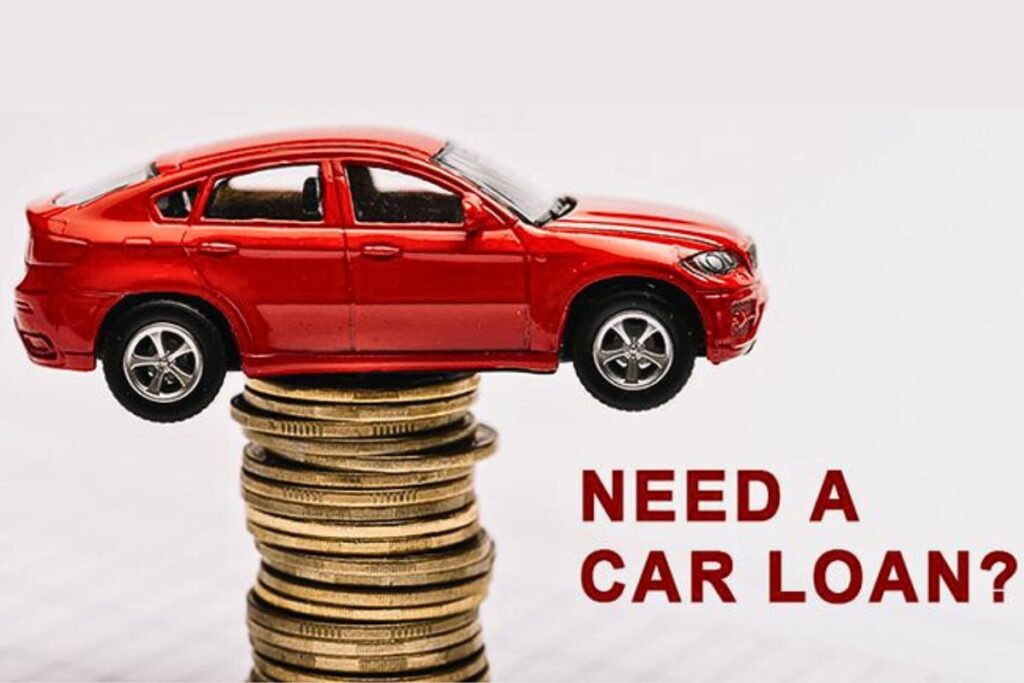Are you wondering if you can trade in your car for a loan? Absolutely! Trading in your old car can be an exciting experience, especially if you’re trying to upgrade or just switch to a newer vehicle that better suits your needs. But what happens if you still have an active loan on your car? Can you trade in a car with a loan, or do you need to pay off the loan first?
The answer is yes. You can trade in a car even if you still owe money on it, but the process is a bit more complicated than trading in a paid-off vehicle. To help you make an informed decision, we’ll discuss how it works, the risks involved, and the pros and cons.
Is It Possible to Trade in a Car You Still Owe Money On?
Yes, it is very possible to trade in a car that still has an auto loan. However, this does not cancel or erase your auto loan. When you trade in a financed vehicle, the car’s trade-in value gets applied as a credit towards the next loan you take out.

This credit may cover the remaining amount you owe, depending on the outstanding loan balance. If not, the dealer will roll over your loan and add the amount you owe on your new car to the deficit. Combining everything you owe into a new loan helps you manage your payments better.
However, as you might have expected, the new loan will most likely have a far higher balance. You can use an auto loan calculator or trade in a car with a loan calculator to get an accurate estimate of your current loan and your car’s trade-in value.
ALSO READ: How To Buy a Car With a Pre-Approved Loan
What Are the Risks Involved in Trading in a Car With a Loan?
There are many risks involved when trading in a car with a loan. Considering these risks can help you decide if trading in your vehicle is the right decision.
First, it’s essential to understand that taking out a second car loan can make it more challenging to meet the payments. Your new loan balance will be a combination of the amount you owe on the old loan and what you now owe on the new car. This will lead to a much higher monthly payment and possibly higher interest rates as well during the loan’s term.

Another thing you should consider is that increasing your debt means you might have negative equity on your car. This happens when you owe more on the car than what it’s actually worth. If you have negative equity, commonly known as being “upside down,” it makes it more difficult to trade in or sell your car until you have positive equity.
How Do I Trade in a Car With a Loan?
Trading in a car with a loan is simple, but it’s essential to understand the steps before shopping for a new car. Here are the basic steps you will need to follow:
1. Determine Your Loan Payoff Amount
The first step is determining exactly how much you still owe on your car loan. You can get this information by checking your loan statement or contacting your lender. This number is crucial since it will tell you if your equity is positive or negative.
2. Find Out the Trade-In Value of Your Car
Next, you’ll need to know the trade-in value of your car. You can use online resources like Edmunds or Kelley Blue Book to get an estimate, but the ultimate value will depend on the dealership’s evaluation. You can compare this value to your loan payoff amount to see if you have positive or negative equity.
3. Gather the Necessary Documents
When you trade in a financed car, the dealer must see some documents to verify ownership and your loan details. Some documents required for this process include your loan account number, your loan balance, your driver’s license, your vehicle registration, your car’s title (if you have it), proof of insurance, a print-out of your trade-in value (if you got one), your car’s history and maintenance reports.

4. Shop Around and Compare Trade-in Offers
Different dealerships may offer different trade-in values for your car, so it’s essential to shop around, compare trade-in offers and negotiate. You want to ensure you get the best possible offer to reduce or completely wipe out negative equity. If you’re looking to upgrade to a cheaper car, you might also want to ask, can I trade in a financed car for a more affordable car? Yes, you can, and it may help reduce or remove any negative equity if the new car is less expensive.
5. Close the Deal
Once you’ve found a dealership and agreed on a value for your trade-in vehicle and the new car’s price, it’s time to close the deal. Review the details of your new loan carefully; they should include your new loan amount, the loan term, interest rate, monthly payment, and any other verbal agreements made during negotiations. It should also detail how any negative equity will be handled.
Some auto dealers may claim that they’ll pay off your auto loan no matter what you owe, but in reality, they just roll over the negative equity into your new loan.
ALSO READ: Here are 7 Cars To Splash Your Tax Refund On This Year
Pros and Cons of Trading in a Car with a Loan
Outlined are the pros and cons encountered when trading in a car with a loan:
Pros
- Convenience: Trading in a car with a loan is a simple and convenient way to get out of your old car and into a new one. The process is smooth because the dealership pays off the loan.
- Upgrading: If you’re trying to upgrade to a newer or more reliable car, trading in can be an intelligent way to switch while still financing your purchase.
- Loan Consolidation: If you have negative equity, rolling it into a new loan allows you to avoid paying the remaining amount out of pocket.

Cons
- Rolling Over Negative Equity: The biggest problem with this process is that if you have negative equity, you’ll be carrying that debt into your next loan, which could lead to higher monthly payments.
- Higher Interest Costs: If you roll over negative equity, you’ll pay interest on your old and new loan amounts. This can seriously increase the total cost of your loan.
- Longer Loan Term: To maintain manageable monthly payments, you might need to extend the loan period by taking on a higher loan amount. This involves paying off your car over a more extended period.
Other Factors to Consider
Before trading in your car with a loan, it’s essential to consider a few other factors that could influence your decision:
- The market demand, mileage, and condition of your car affect its value. Make sure the car trade offer you accept will maximize your equity.
- If you’re considering trading in your vehicle for another financed car, getting a preapproved loan from your bank or credit union can give you leverage when negotiating with the dealership.

- If you’re worried about making monthly payments after carrying over negative equity, you can always request a lower minimum payment on your credit card from the lender or dealership.
Trading in a car with a loan is possible, but doing so requires careful consideration about what you can afford and understanding how the process works. Understanding the pros and cons of trading in a financed car will help you make an informed decision whether you have positive or negative equity.

